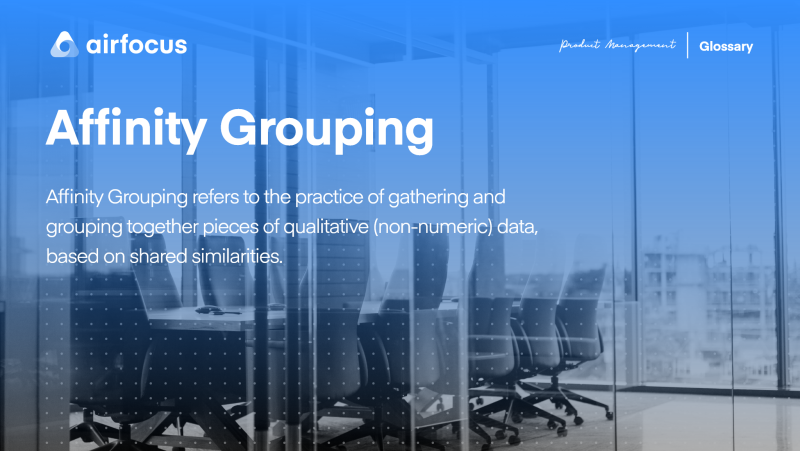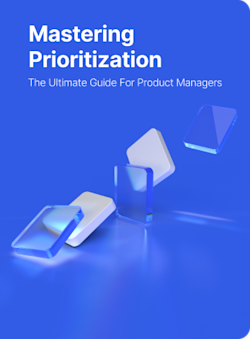Affinity Grouping
What is affinity grouping?
Definition of affinity grouping
Affinity grouping refers to the practice of gathering and grouping together pieces of qualitative (non-numeric) data, based on shared similarities.
Types of data that are well suited to affinity grouping are ideas or suggestions from a collaborative meeting, or steps required to execute a new process. For example, you could be brainstorming ways to increase user satisfaction, or exploring additional revenue streams for your business.
How does affinity grouping work?
For affinity grouping to work, the pieces of data need to be recorded physically on something small — a Post-It or flashcard is best. Everyone at the meeting should be encouraged to take part and put ideas forward.
Then comes the process of affinity grouping, which involves going through the ideas one by one and looking for themes. This should also be a collaborative process involving everyone who has chipped in.
The first idea forms the first affinity group. The remaining ideas go in the same group if they share a theme or they become the first in a new group if they share no similarities to any existing groups. Soon, patterns will emerge, and items will begin to link up with one another — illustrating ways to leverage the data effectively through an affinity diagram.
Under affinity grouping, items can be sorted based on which department they concern, which business objective they support, which user outcome they refer to, or any other theme that makes sense for your business.
You may be familiar with the image of a wall covered in different colored Post-It notes. It may look chaotic, but this is an example of affinity grouping in action.
The last part of the affinity grouping process involves everyone voting on which categories should be prioritized over others and actions being agreed as a result.
What can affinity grouping be used for?
Affinity grouping has a wide range of possible applications, but the most common uses include design ideation and gathering employee feedback.
For example, you might gather your UX team to ideate possible design improvements for an app. This will result in dozens — perhaps even hundreds — of ideas being put forward.
Trying to distill all these ideas into actionable goals will make your head spin... unless you have affinity grouping at your disposal.
Being able to sort through the information as a group, and then map it to consensual, prioritized tasks ensures everyone’s time at the meeting was well spent.
Common challenges with affinity grouping
Affinity grouping requires a lot of management. Someone has to take the reins right at the start of the process and get participants invested in it quickly.
That person must also keep the momentum of the meeting going — not an easy task since some affinity grouping meetings can easily last a couple of hours!
Finally, they need to manage the voting process and ensure everyone at the meeting gets a say in which affinity groups should take priority over others.
On top of this, it can be a challenge to get participants to come forward with ideas, and conflicts may well arise as a result of the difference in opinion. But these obstacles can easily be overcome by having a manager, or simply a dedicated meeting leader, to oversee the affinity grouping session from start to finish.

General FAQ

Glossary categories
Prioritize with confidence

Experience the new way of doing product management








